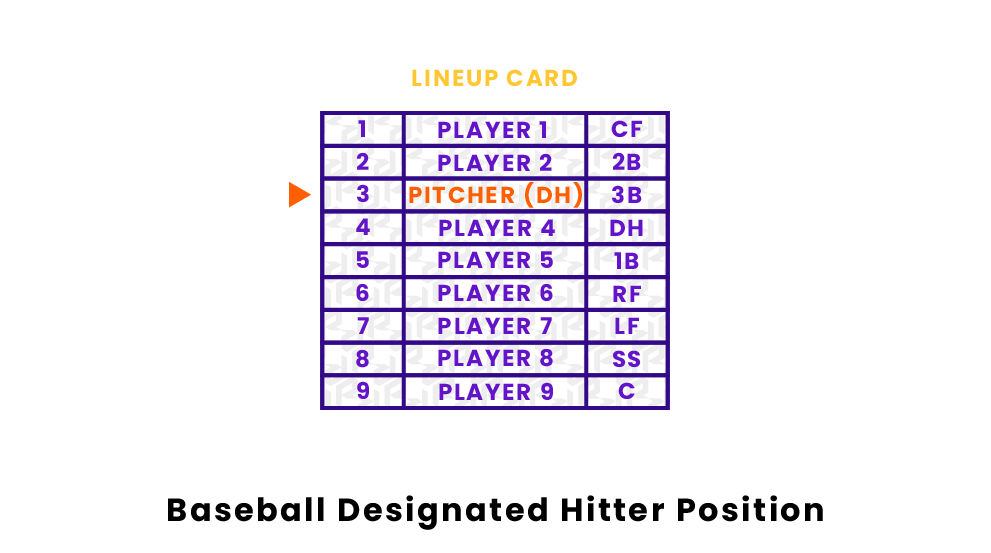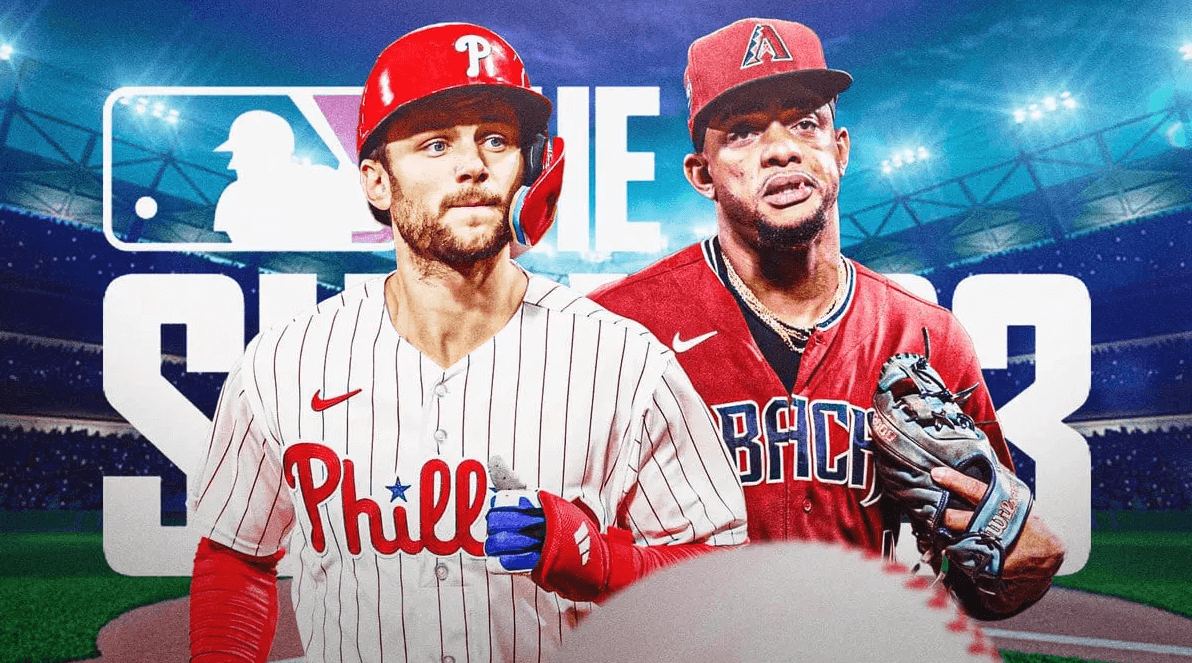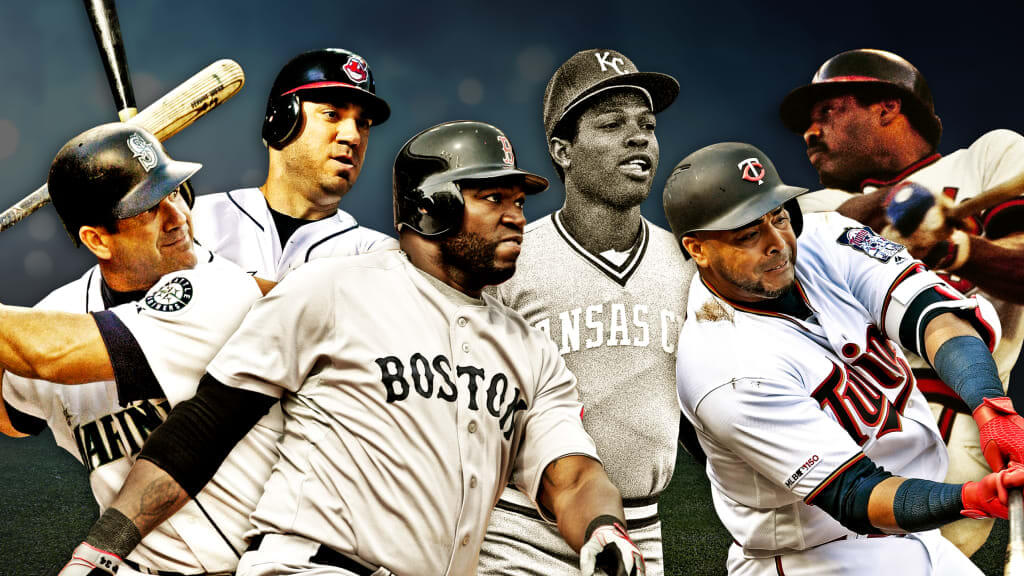The designated hitter (DH) rule in Major League Baseball allows teams to utilize a player called the “designated hitter” to bat in place of the pitcher in the batting order, while still having the pitcher remain in the game as the pitcher of record. This enables teams to insert a skilled hitter in the lineup without needing to substitute that player into one of the other defensive positions.
The DH rule was adopted by the American League in 1973 in an effort to increase offensive output, as pitching was considered to have dominated the game in the late 1960s and early 1970s. Scoring and other offensive statistics had declined during this period, so allowing teams to use a designated hitter was seen as a way to improve balance between offense and defense in the sport. The DH rule has remained in effect in the AL ever since, while the National League did not adopt the DH until the 2022 season on a limited basis.
Origins of the DH Rule
The designated hitter (DH) rule was first introduced in Major League Baseball’s American League in 1973. The rule was adopted by American League owners partly in an effort to increase offensive production, as pitching had dominated the game in the late 1960s. Run-scoring declined steadily from 1962 to 1968, reaching its lowest point in decades. The decreased offense was blamed on the dominance of pitching, and the designated hitter rule was introduced in an effort to help spark offense.
The DH rule was highly controversial when first implemented in the American League. Traditionalists argued the rule went against the fundamental traditions of baseball. However, it did lead to an increase in offense. In 1972, the last year before the DH rule, teams in the American League averaged 3.47 runs per game. In 1973, the first year with the DH, teams averaged 4.28 runs per game.
How the DH Rule Works

The designated hitter (DH) rule allows teams to designate a player to bat in place of the pitcher in the lineup. This rule applies only to the pitcher – all other players on the field must bat when their spot comes up in the batting order. The DH does not play any defensive positions during the game (MLB.com).
Under the DH rule, the pitcher does not bat. Instead, the DH bats in the spot where the pitcher would normally bat. The DH can be substituted at any point, just like any other position player. However, the DH position must be filled for the entire game – a team cannot give up the DH mid-game (Wikipedia).
The basic mechanics of the DH rule are:
- The DH bats in place of the pitcher in the lineup
- The DH does not play defense or field any positions
- The DH can be substituted at any point in the game
- The DH position must be filled for the full game – teams cannot opt out of using a DH mid-game
- Pitchers do not hit when the DH rule is in effect
So in essence, the DH gives AL teams an extra hitter in their lineup without taking away a defensive player on the field. It allows teams to insert a strong batter without compromising their pitching rotation or defense.
DH in the American League
The designated hitter rule was adopted by the American League in 1973, allowing teams to designate a hitter to bat in place of the pitcher. This rule change allowed American League managers more flexibility in setting lineups and utilizing players who excelled at hitting but were defensive liabilities in the field.
In the AL, the designated hitter does not play a position on defense, and usually bats in the middle of the lineup to take advantage of their hitting abilities. Teams can rotate the DH role among multiple players to provide rest for regular starters, allow pinch hitters to remain in the game, or use platoon matchups to gain favorable hitter-pitcher pairings. Having a designated hitter has become an integral part of lineup strategy in the American League.
Some notable players who spent all or most of their careers as DHs in the AL include Edgar Martinez, David Ortiz, and Frank Thomas. These prolific hitters provided major offensive contributions while avoiding fielding duties later in their careers. The designated hitter rule allowed them to extend their careers and enabled American League fans to continue watching their powerful bats in action.
DH in the National League

The National League has been more reluctant to adopt the designated hitter rule than the American League. For most of MLB history, pitchers in the National League came to bat for themselves rather than using a designated hitter. This was seen as adhering to a more traditional version of baseball. However, recently there has been discussion around adopting the DH more widely in the NL as well.
In 2021, MLB implemented a universal DH rule that applied to both leagues during the COVID-shortened season. However, this was considered a temporary measure. For 2022, the initial agreement was for the AL to continue using the DH but the NL to go back to having pitchers hit. After continued debate, a new collective bargaining agreement in March 2022 made the DH universal across MLB, including the National League, for the 2022 season and beyond.
Some purists have argued against the DH in the NL, believing it takes away some of the strategy that comes with deciding whether to leave a pitcher in to bat or pinch hit for him. However, others argue that overall it improves the quality of play and fan experience to have better hitters in the lineup rather than most pitchers, who are typically weak batters. The expanded adoption of the DH in the NL remains controversial, but it is now part of the rules moving forward.
Arguments For the DH
Why do proponents support the universal DH?
There are several key reasons:
-
Allows teams to use better hitters instead of the pitcher. Pitchers are historically very poor hitters, batting only around .120 on average. Using a DH allows teams to utilize superior hitters and increase run production. This creates a more exciting offensive dynamic.
-
Reduces injury risk for pitchers. Pitchers focusing solely on pitching lowers injury risk from batting and baserunning. Preserving pitcher health is considered paramount.
-
Allows older players to extend careers as DHs. Older players who can still hit but not field can prolong careers as DHs. This provides fan-favorite players more opportunities to contribute.
-
Provides a tactical advantage for the AL. AL teams develop different strategies and tactics with the DH over decades. Implementing it universally reduces this inherent advantage.
-
Increases offense and excitement for fans. Many argue games are more entertaining with better hitters and more offense vs pitcher at-bats.
Arguments Against the DH

Many baseball purists oppose adopting the designated hitter rule in both leagues. They argue that having pitchers hit adds more strategy and nuance to the game. Pitchers are typically weak hitters, so deciding whether to pinch hit for them or leave them in creates interesting situational decision-making.
Opponents also resist the DH because it diminishes the two-way nature of the sport. Having pitchers participate in the game both offensively and defensively makes baseball unique compared to other major sports. With a DH, critics argue the game becomes more one-dimensional and specialized like football or basketball.
Some baseball fans simply prefer seeing pitchers bat because it’s entertaining and often unexpected when they get a hit. Overall, the arguments against the DH focus on maintaining baseball’s strategic intricacies and upholding the rich traditions of the National League game.
DH and the Hall of Fame
The role of the designated hitter in Major League Baseball has stirred debate around Hall of Fame voting. Traditionally, the Hall of Fame has favored players who excelled on both offense and defense. DHs, by nature of only hitting and not playing the field, have been viewed by some voters as one-dimensional players not deserving of baseball’s highest honor.
However, some of the greatest hitters in MLB history spent significant time as designated hitters, raising the question of whether their offensive excellence alone merits Hall induction. Players like Edgar Martinez and David Ortiz were dominant and feared hitters during their DH tenures, helping lead their teams to success year after year solely with their bats.
The induction of Martinez in 2019 and Ortiz in 2022, both primarily DHs, signaled shifting opinions among voters. But the debate is far from settled. Ortiz was elected in his first year of eligibility with 77.9% of the vote, lower than most first-ballot Hall of Famers. Martinez took 10 tries on the ballot before finally gaining the necessary 75% in his final year of eligibility. Other strong DH candidates like Harold Baines have so far been denied induction.
While the DH position seems to be gaining more respect, controversy and reluctance around electing designated hitters persists. The debate will likely continue as more great hitters who rarely took the field come up for Hall of Fame voting. But the DH position is now firmly part of the game, and voters will be pressed to determine if offensive excellence alone is worthy of baseball immortality.
Notable DHs

Over the years, there have been many great designated hitters who have made major contributions to their teams’ offenses.
Some of the most notable DHs include:
-
Edgar Martinez – Considered by many to be the greatest DH of all time, Edgar Martinez played 18 seasons with the Seattle Mariners and was a 7-time All-Star. Martinez won two batting titles and hit 309 home runs in his career, with a lifetime batting average of .312. His key contributions helped the Mariners make the playoffs 4 times.
-
David Ortiz – Ortiz spent 14 seasons as the DH for the Boston Red Sox, helping them win 3 World Series titles. A 10-time All-Star, Ortiz hit 541 home runs in his career and ranks 17th on the all-time home run list. Known for his clutch hitting, Ortiz drove in 1,768 runs for the Red Sox.
-
Frank Thomas – Playing 19 seasons combined for the White Sox and Athletics, Thomas was a 5-time All-Star at DH and won back-to-back MVP awards in 1993-1994. Thomas finished his career with 521 home runs, 1,704 RBIs and a .301 average, making him one of the most feared hitters of his era.
By specializing as DHs, players like Martinez, Ortiz, and Thomas were able to focus on their hitting skills and provide tremendous value to their teams as elite run producers. Their dominance at the plate makes them among the best ever to play the position.
The DH Rule Today
The designated hitter rule is now used universally in Major League Baseball, with both the American League and National League adopting the rule starting in the 2022 season. This change came about as part of the new collective bargaining agreement reached prior to the 2022 season, ending decades of the AL using the DH while the NL did not.
With the universal DH now in place, pitchers no longer bat for themselves. Instead, teams have an additional offensive player in the lineup who bats in place of the pitcher. This extends the strategy involved in lineup construction and allows teams to utilize more power hitters.
Many believe the universal DH is here to stay moving forward. While some baseball purists prefer the old NL style of having pitchers bat, most recognize that having a DH provides advantages. It allows teams to focus on pitching and offense separately and minimizes risk of injury to pitchers at the plate.
For now, the DH debate appears settled, with the rule firmly in place league-wide.








